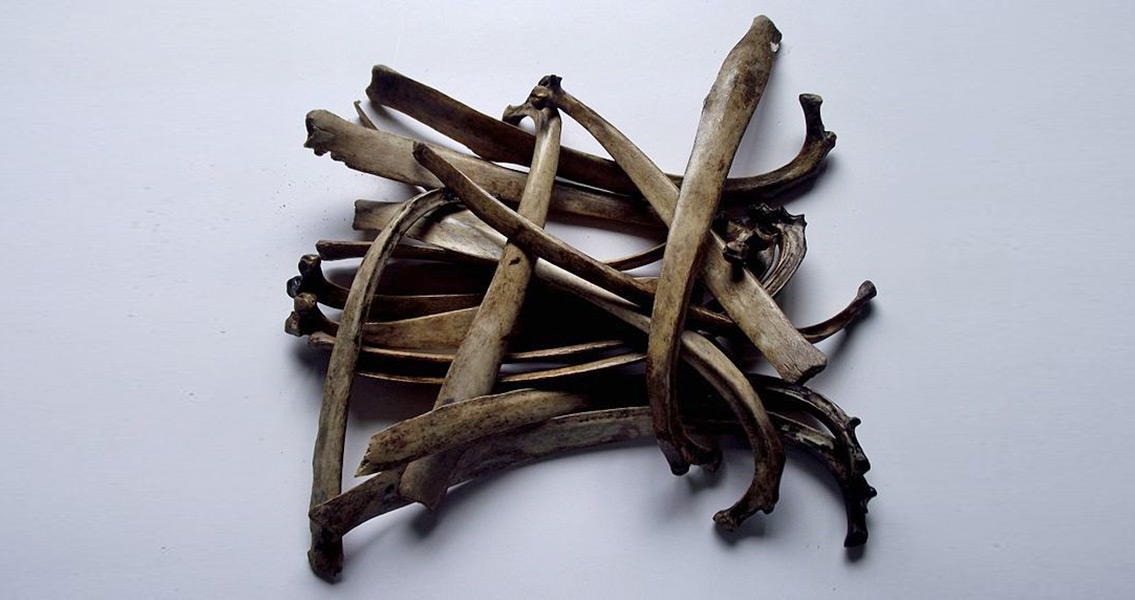<![CDATA[Our current understanding of human evolution and behavior may change completely, now that University of Montreal researchers have discovered a bone tool from the Neanderthal era which appears to have had multiple uses. The tool was found at an archaeological site in France. Loc Doyon, a member of the university's Department of Anthropology, participated in these digs and stated, "This is the first time a multi-purpose bone tool from this period has ever been discovered. It proves that Neanderthals were able to understand the mechanical properties of bone and knew how to use it to make tools, abilities usually attributed to our species, Homo sapiens." Neanderthals lived during the Middle Palaeolithic time, about 250,000 years ago. For as long as scientists have known about Neanderthals, they have always noted an evolutionary gap between Neanderthals and Homo sapiens, which is usually considered to have meant that Neanderthal's were less intelligent. They are usually believed to have lacked the intelligence needed to do things like create tools and use them. That being said, the finding of this bone tool has made that notion questionable, causing much debate in the science world. "Our discovery is an additional indicator of bone work done by Neanderthals and helps put into question the linear view of the evolution of human behavior," according to Doyon. The tool in question is estimated to be anywhere between 55,000 and 60,000 years old. It was discovered in June 2014 during annual digs at the Grotte du Bison, at Arcy-sur-Cure in Burgundy, France. The tool was in exceptionally good condition for something so old, and the scientist's determined that it had come from an adult reindeer femur. There are certain marks on the bone tool which allow researchers and scientists to trace the history of it. These marks showed evidence of meat butchering and bone fracturing to extract marrow to eat. This makes sense as the diet of Neanderthals was mostly meat and marrow based. There are also marks on the tool that suggest it was sharpened or used to sharpen something else. Lastly, the bone is chipped and polished showing that it was also used as a scraper. Doyon continued, "The presence of this tool at a context where stone tools are abundant suggests an opportunistic choice of the bone fragment and its intentional modification into a tool by Neanderthals. It was long thought that before Homo sapiens, other species did not have the cognitive ability to produce this type of artefact. This discovery reduces the presumed gap between the two species and prevents us from saying that one was technically superior to the other." That being said, Doyon, along with the rest of the Anthropology researchers from the University of Montreal, will continue to try and understand and unravel human evolution, by studying what they find at digging sites like Grotte du Bison. Image courtesy of Wikimedia commons user: FAE ]]>
Bone Tool Made By Neanderthals Found in France
